NASA Astronomy Picture of the Day 13 February 2023: Green Comet ZTF flies past Mars
NASA’s Astronomy Picture of the Day is a picturesque image of Comet ZTF as it passed by Mars on its 50000-year journey.
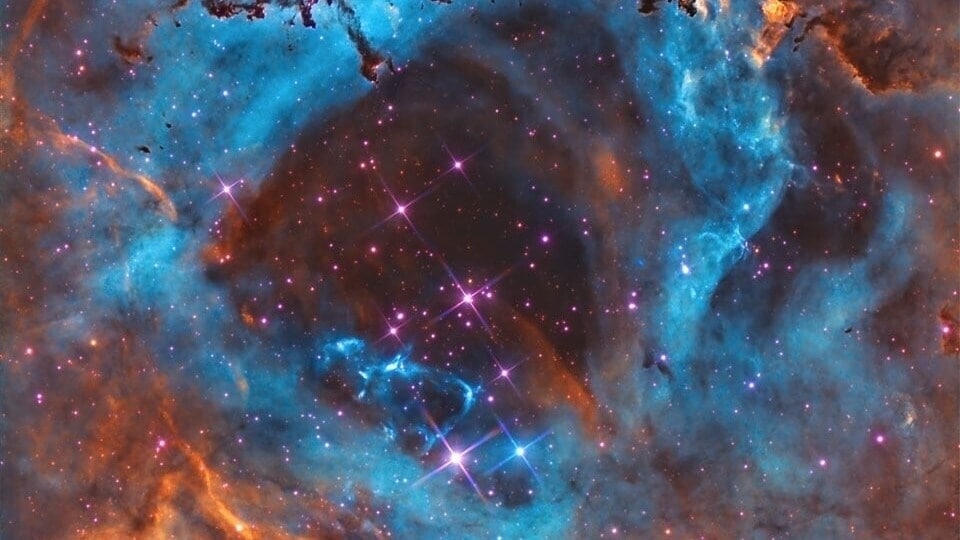
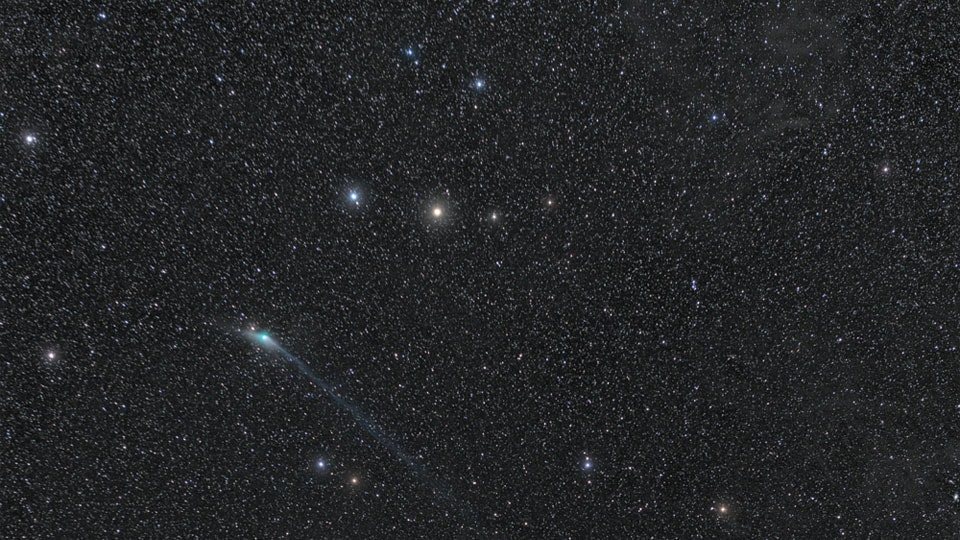
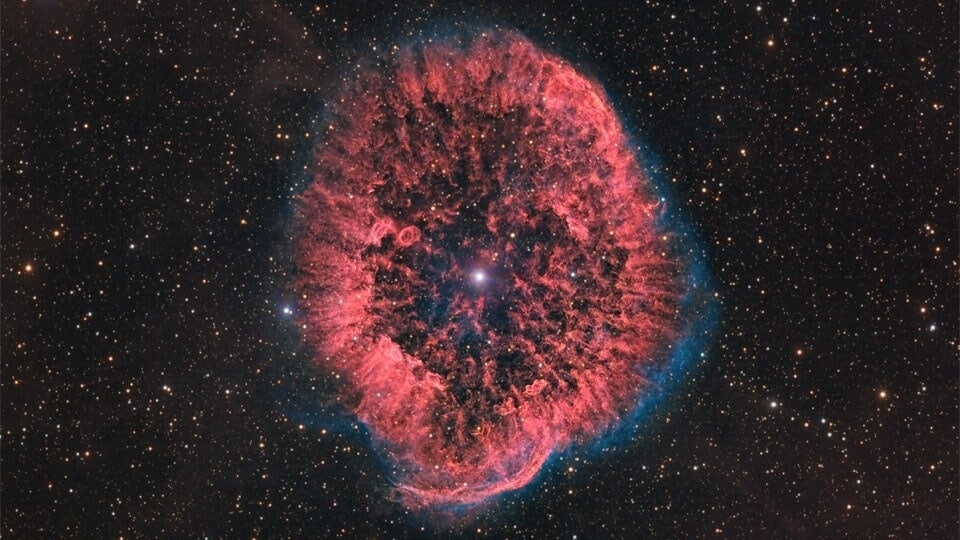
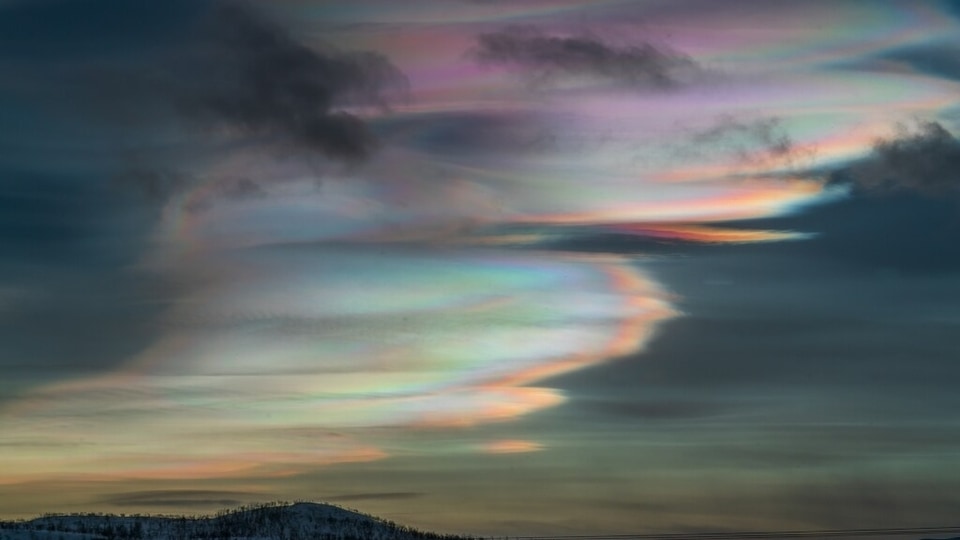
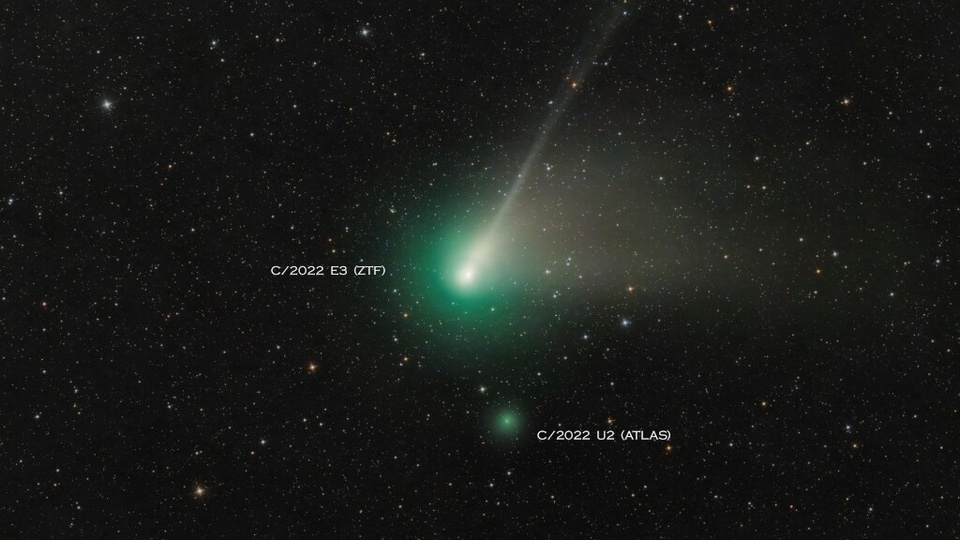
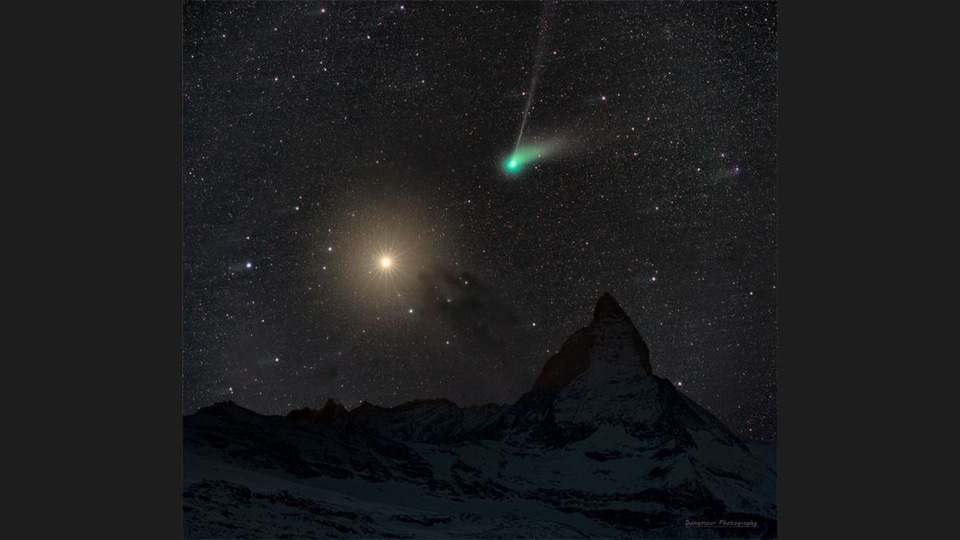
 View all Images
View all ImagesAlthough comets often make close flybys, the Comet C/2022 E3 (ZTF) is particularly special as it has a period of around 50,000 years. That means the last time it flew past Earth closely, it was witnessed by Neanderthals during the Upper Paleolithic period on Earth nearly 50000 years ago. Comet ZTF recently made its trip to Earth and came closest to the planet on February 1, after which it went on its journey again. A couple of days ago, the comet came across another nearby comet called Comet C/2022 U2 (ATLAS) near the constellation Auriga. Now, Comet ZTF has been captured passing Mars.
NASA's Astronomy Picture of the Day is a picturesque image of Comet ZTF as it swept past Mars on February 10 and 11. Although it wasn't visible visually, its picture was captured by astronomers as it appeared as a long faint object speeding away from the Sun. Its dust tail and ion tail were captured towards the bottom-right and the top of the image respectively. The picture was captured by Donato Lioce, an Italian astrophotographer based in France, from Matterhorn, a mountain in the Italian Alps.
NASA's description of the picture
No, Comet ZTF is not going to hit Mars. Nicknamed the Green Comet for its bright green coma, C/2022 E3 (ZTF) did, however, pass almost in front of the much-more distant planet a few days ago, very near in time to when the featured picture was taken. The two sky icons were here captured behind a famous Earth icon -- the Matterhorn, a mountain in the Italian Alps with a picturesque peak. Both the foreground and background images were taken on the same evening by the same camera and from the same location.
The comet's white dust tail is visible to the right of the green coma, while the light blue ion tail trails towards the top of the image. Orange Mars is well in front of the numerous background stars as well as the dark nebula Barnard 22 to its lower right. Although Mars remains visible in the evening sky for the next few months, Comet ZTF has already begun to fade as it returns to the outer Solar System.
Catch all the Latest Tech News, Mobile News, Laptop News, Gaming news, Wearables News , How To News, also keep up with us on Whatsapp channel,Twitter, Facebook, Google News, and Instagram. For our latest videos, subscribe to our YouTube channel.































